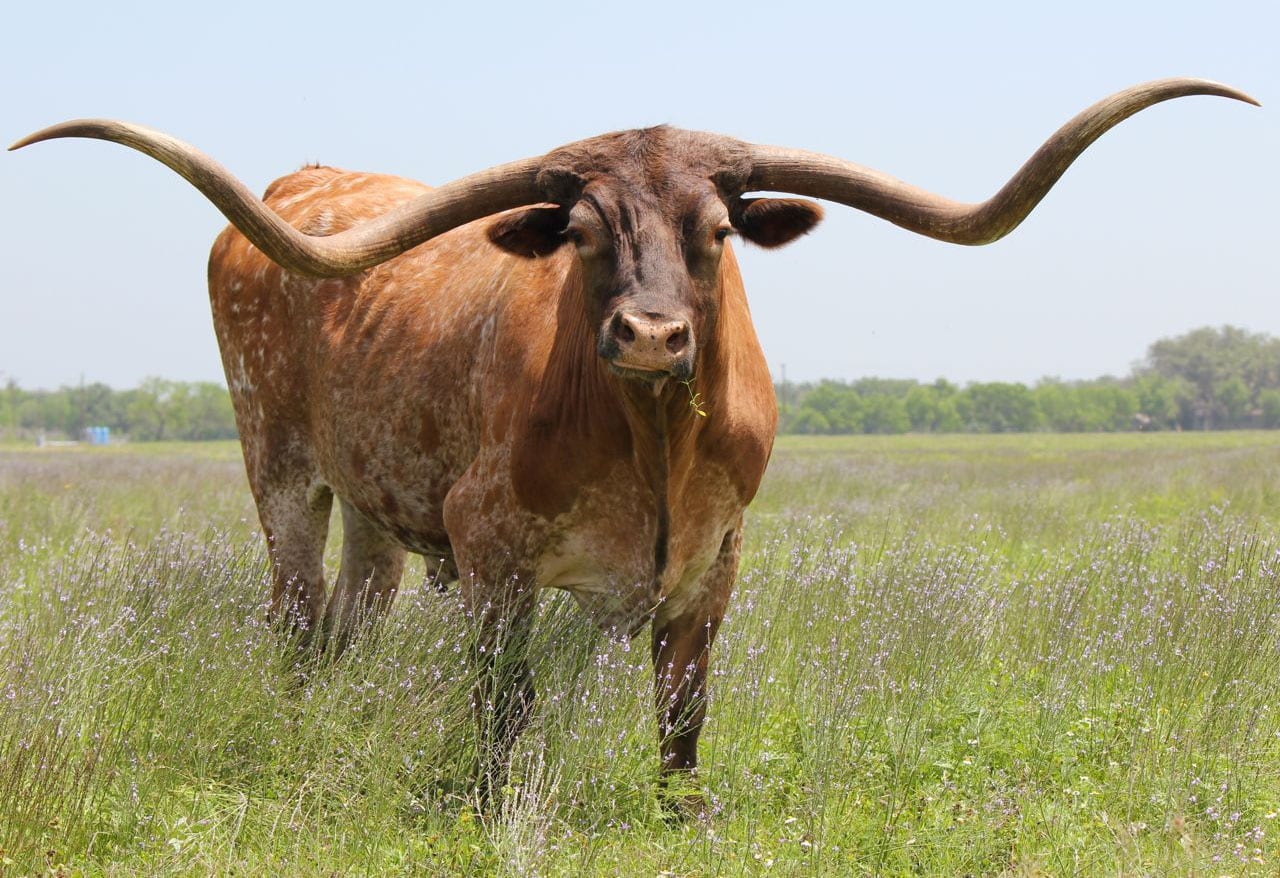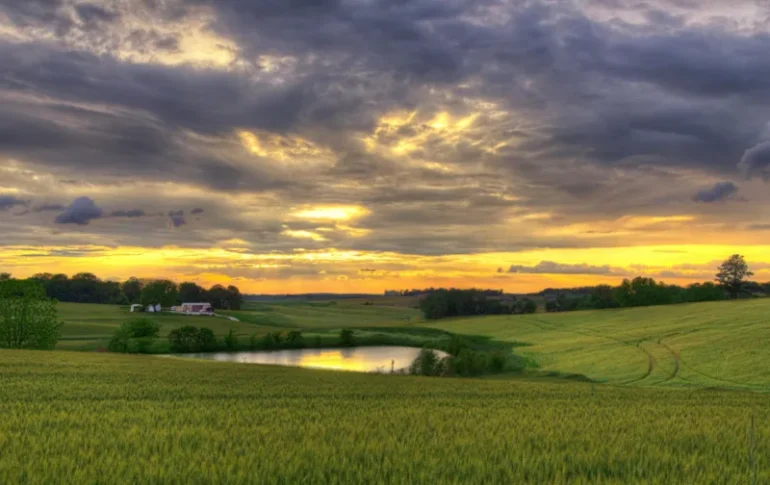Livestock Grazing: A Tool For Diversity
By Lorie Woodward Cantu
Diversity is a buzzword in the 21st-century ranching industry. Diverse populations of plants and animals signal ecologically healthy rangelands, and diverse, profitable enterprises signal an economically healthy operation. “Well-managed livestock grazing is a tool that allows land managers to achieve both ecological and economic goals,” says Steve Nelle, a San Angelo, Texas-based range and wildlife specialist with more than 40 years of experience in the public and private sectors. “It is the only land management tool that can make money instead of cost money, so it is often the most cost-effective, and perhaps, the most natural and ecologically friendly tool we have to manipulate vegetation, allowing us to improve range conditions and wildlife habitat.”
CHANGING ECONOMIC LANDSCAPES
Over time, the ranching industry in Texas has changed. “Gone are the days when cattle alone could support ranches,” says Stan Bevers, a professor and agricultural economist with the Texas A&M AgriLife Extension Service based in Vernon, Texas. “Those who succeed in production livestock agriculture today have identified and implemented diverse enterprises that contribute to their ranches’ overall bottom lines.”
For ranchers, the most common form of income diversification, beyond adding production agriculture enterprises such as stocker or hay operations, is wildlife. “In a lot of cases, income from wildlife has surpassed income from livestock on Texas ranches,” says Clay Mathis, director of the King Ranch Institute for Ranch Management in Kingsville, Texas.
Since 1995, landowners in Texas have had the option of operating under a wildlife valuation, which provides the same tax benefits as agricultural valuation but offers flexibility when it comes to grazing. Under wildlife valuation, grazing can be used as one of many habitat management tools, but it is not mandatory. The flexibility makes grazing leases an appealing option for many, especially those who purchased their land primarily for recreational purposes.
“Leasing the grazing to a responsible, experienced, and well-respected cattleman can be a very rewarding partnership,” Nelle says. “The terms must be flexible, and the manager must be willing and able to abide by the landowner’s goals.”

MANIPULATING VEGETATION
The constant specter of drought and the need for additional revenue streams, such as wildlife enterprises, have encouraged Texas ranchers to invest their time and efforts into enhancing or re-establishing the native range. “Native habitats are more diverse,” says Forrest S. Smith, coordinator at the South Texas Natives Project at the Caesar Kleberg Wildlife Research Institute in Kingsville, Texas. “A native habitat may have several hundred species in a fluctuating equilibrium with no one plant species dominating. Essentially, a diverse wildlife population has to be supported by a diverse plant population.”
Native range plants, including grasses, forbs, and shrubs, evolved with periodic grazing and browsing on migratory herds of bison, elk, and pronghorn. “Intermittent or rotational grazing can mimic the patterns of historic grazing of native wild ungulates,” Nelle says. “Range plants do not thrive with continuous grazing or continuous rest; they thrive with alternating grazing-resting.”
The primary considerations for landowners considering the implementation of rotational grazing are water, fencing, animal numbers, and the ability to rotate and rest pastures as needed, he says. “Grazing is not necessarily an easy tool to use because it takes some level of skill to apply it properly,” he adds. “Every ranch is different, and every year is different—there are no cookbook recipes on how to properly graze a piece of land.”
By paying careful attention and being patient, skillful graziers successfully use livestock grazing to tackle challenges such as brush management and water availability. For instance, Robin Giles, who operates the historic Hillingdon Ranch near Comfort, Texas, uses Angora goats to help control cedar density. In the winter, small cedars are the only green in the landscape.
“We turn our billies into pastures where cedar is popping up and getting too dense,” Giles says. “The billies hammer the cedar because the other brush—and their preferred food source— is dormant.”
Gary and Sue Price, who own and operate the 77 Ranch near Blooming Grove, Texas, have used rotational grazing along with prescribed burning, native reseeding, selective brush control, and other techniques to restore their land, which is part of the Trinity River Basin. (Forty percent of the people in Texas get their water from the Trinity River.) Today, the couple’s “crops” not only include beef and wildlife but also water. The Prices, along with some of their neighbors, participate in Water as a Crop®, an initiative founded by the Sand County Foundation encouraging urban investment in rural conservation.
“We’re all in this together,” Gary says. “If we manage [our natural resources] a certain way, we could benefit financially from that. To us, sustainability means we’re here next year.” And that sustainability is often rooted in diversity.





